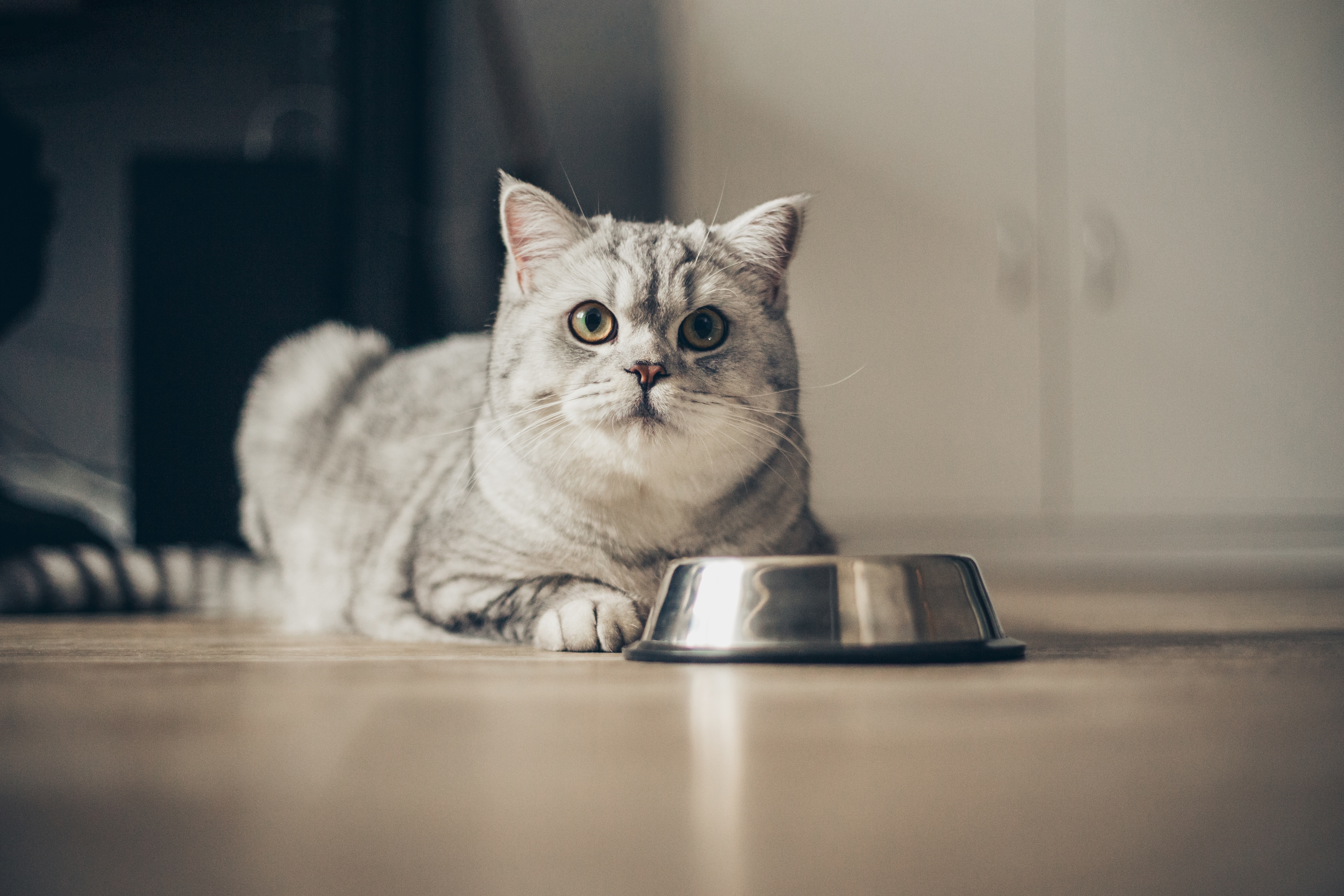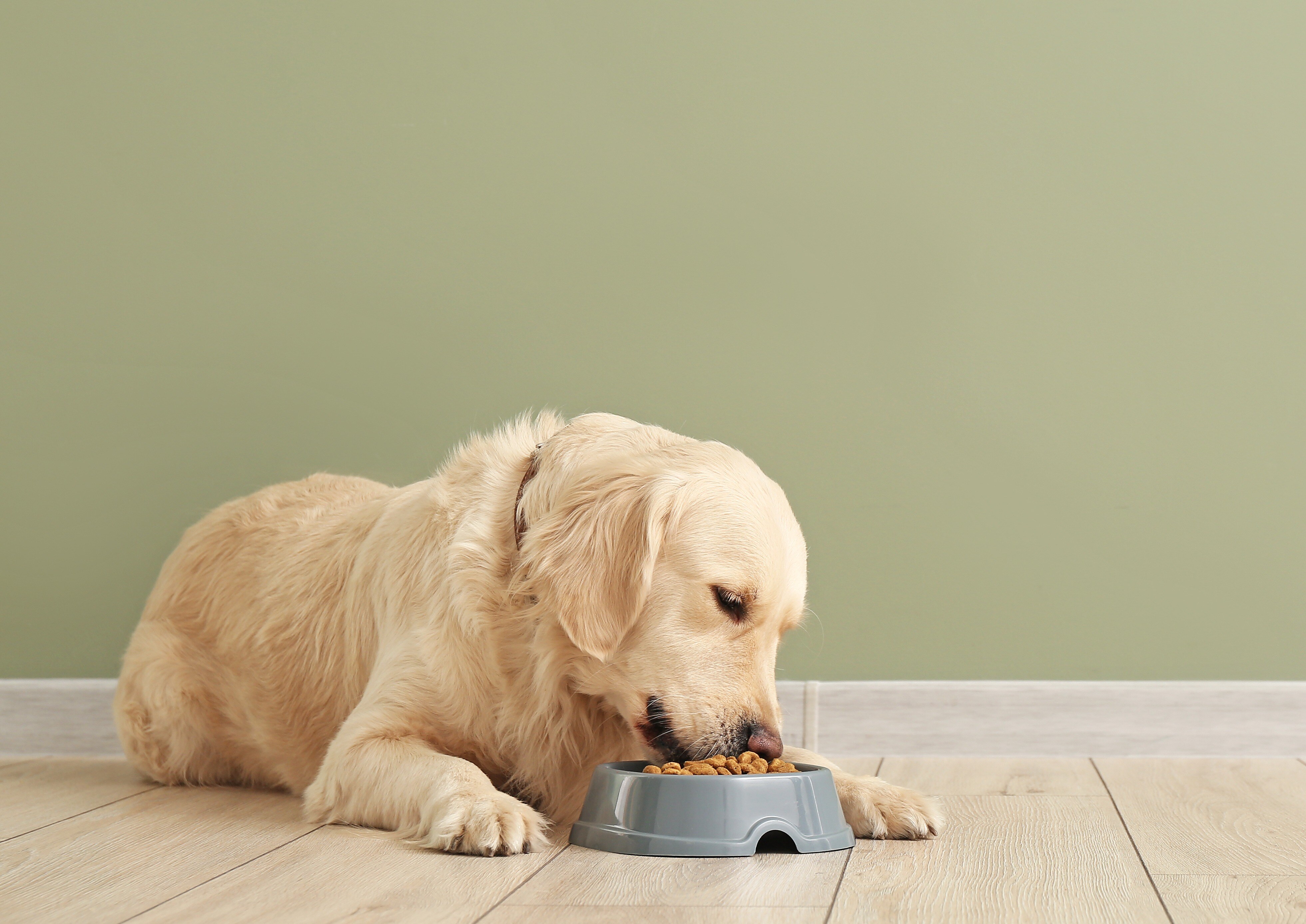What are the signs of a food allergy in pets?
Symptoms can appear at any age, but usually they are first seen in 1-year-old pets. Symptoms from food allergy are usually present throughout the year (not just in a particular season). The most common symptoms are skin signs, such as itch, or gastrointestinal, such as diarrhea (or a combination of both).
Common symptoms of food allergies in pets include itching, scratching, and skin issues, often affecting the belly, feet, tail base, and face. These can lead to excessive grooming and potential hair loss or infections. Some may have watery eyes, sneezing, or coughing.
Additionally, 10% to 15% of affected pets may experience gastrointestinal issues such as diarrhea, vomiting, weight loss, abdominal discomfort, flatulence and frequent defecation (more than three times a day).
-

Allergens are not only found in animal food, consult your veterinarian if you observe symptoms in your pet.
How do I know if my pet is allergic to certain foods?
To identify if your pet is allergic to food is by performing a food elimination test. This means giving your pet a new, simpler diet for 6-8 weeks to see if symptoms improve, and then going back to the previous diet to see if symptoms reappear. If this occurs, it confirms that your pet is allergic to some component of his food.
During that 6–8-week period, it is very important that your pet does not eat any treats, snacks, medications or supplements. It should only eat the new diet.
Choosing a new diet is challenging but the PAX Food Test can help identify suitable ingredients for elimination trials or avoidance.
My pet has a food allergy, what steps should I take next?
Currently, there are no medical treatments available to cure food allergies in pets. The most effective approach is to completely eliminate the allergenic food and its ingredients from your pet's diet.
Additionally, it is important to refrain from providing your pet with any treats, leftovers, flavored medications, or supplements that may contain these allergenic components.
SOLO®
...is a mono-protein feed for dogs and cats that can be used to identify food allergy or food sensitivity, as part of an elimination trial, or to provide a protein source as part of a home-made diet.
It can also be used for patients convalescing after surgery, for tube feeding, for picky eaters, or as an addition to other food to increase protein intake.
It contains no additives, colouring agents or preservatives and has a palatable flavour.


